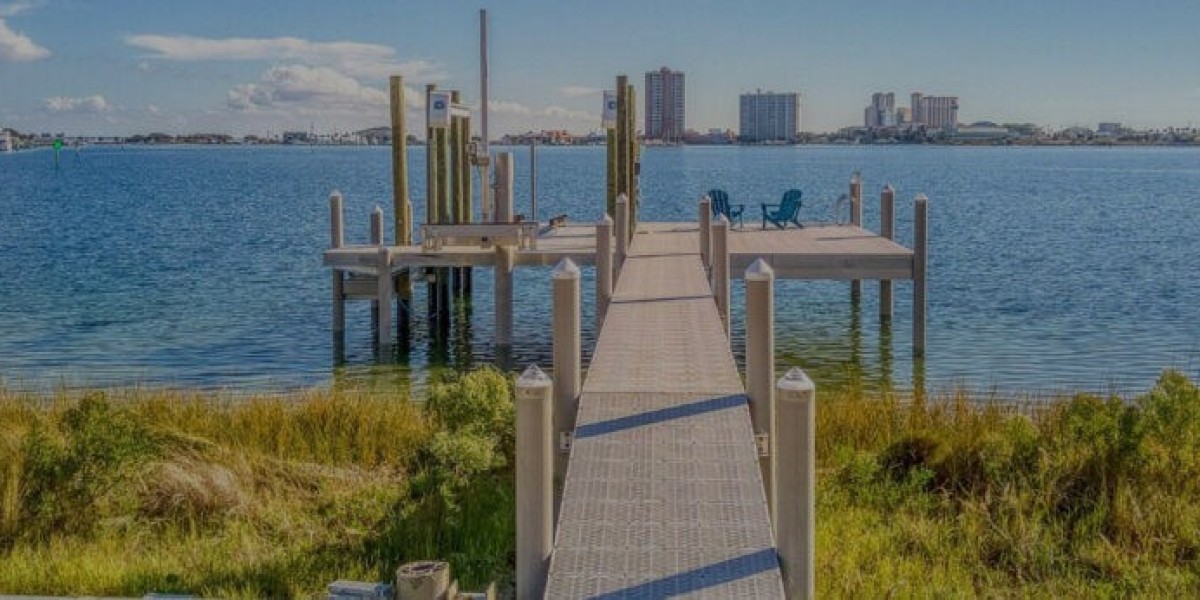As climate change continues to impact ecosystems worldwide, the need for adaptive strategies in marine-based industries has grown. Marina construction, specifically, faces significant challenges and opportunities due to rising sea levels, intensifying storms, and shifting coastlines. Today's marina developers must focus on resilient, sustainable designs and engineering methods to accommodate these environmental changes, protecting both their investments and the coastal communities they serve. This article explores the various ways climate change is influencing marina construction, highlighting innovative approaches, materials, and strategies for ensuring durability and sustainability in the face of an uncertain future.
1. Rising Sea Levels and Marina Design
One of the most immediate effects of climate change impacting marina construction is rising sea levels. As global temperatures rise, polar ice caps melt, leading to higher sea levels that threaten low-lying coastal areas. For marinas, which are directly on the water, this presents a unique challenge as rising tides can impact the structural integrity of docks, piers, and other marine infrastructure.
Design Solutions:
Modern marina construction now incorporates adaptive features to combat rising sea levels. Floating docks, for instance, are designed to rise and fall with changing water levels, allowing them to remain functional even with significant tidal fluctuations. Additionally, many marinas are incorporating adjustable pilings and slip systems that can accommodate long-term water level changes without the need for extensive reconstruction.
2. Storm Resilience: Reinforcing Marinas Against Extreme Weather
Climate change is leading to more frequent and intense storms, which can wreak havoc on coastal infrastructure. For marinas, the potential for damage includes both direct impacts from high winds and waves as well as underwater damage from strong currents and surges. These elements make it essential for marina construction projects to consider storm resilience.
Engineering for Resilience:
Marina construction today places a strong emphasis on wave attenuation, which involves building protective structures like breakwaters or floating wave attenuators. These barriers help absorb and reduce the energy of incoming waves, protecting marina infrastructure from erosion and structural stress. Materials used in construction, such as concrete and reinforced steel, are also selected for durability and resistance to saltwater corrosion, allowing marina structures to withstand intense weather conditions.
3. Sustainable Materials and Eco-Friendly Practices
Environmental preservation is a top priority in marina construction as developers look for ways to minimize the ecological footprint of their projects. Traditional marina construction materials, such as treated wood and metals, often leach chemicals into surrounding waters, damaging local marine life. Climate change pressures have accelerated the push for sustainable materials that are less harmful to aquatic ecosystems.
Innovative, Eco-Friendly Options:
Sustainable alternatives, such as recycled composite decking and non-toxic concrete formulations, are now being used more widely in marina construction. These materials reduce harmful emissions and help prevent the buildup of toxic substances in the water. Some developers are also turning to advanced, permeable materials that allow water to flow naturally through the construction elements, which can help alleviate the problem of excessive runoff and sedimentation in sensitive coastal areas.
4. Biodiversity-Friendly Designs
Another trend driven by climate awareness in marina construction is the incorporation of biodiversity-friendly designs. Recognizing the role marinas play in coastal ecosystems, developers are now looking for ways to support, rather than disrupt, local habitats. Structures that provide shelter for fish, nesting sites for birds, and vegetated areas for marine plants are becoming increasingly common in marina construction.
Designs That Promote Local Ecosystems:
Some innovative designs incorporate “living breakwaters,” where structures are made of materials that attract marine organisms and promote coral or plant growth. These structures not only serve as a barrier against waves but also foster rich marine ecosystems that support biodiversity. Mangrove or seagrass beds are sometimes planted around marina sites to further protect the shoreline from erosion and provide natural habitats for fish and other marine life.
5. Advanced Technologies for Monitoring and Maintenance
Climate change has made it essential to not only design marinas with durability in mind but also to ensure that ongoing maintenance can detect and address wear and tear before it becomes catastrophic. Technological advancements now play a vital role in helping marina operators manage infrastructure in real time and address damage caused by environmental changes.
Monitoring Systems and Predictive Maintenance:
Remote monitoring systems using sensors and IoT (Internet of Things) technology are increasingly popular in marina construction. These systems allow for the continuous monitoring of key structural components, such as dock pilings, anchor lines, and seawalls. Using data from these sensors, marina operators can anticipate maintenance needs and catch potential issues before they worsen. Drones and underwater robots are also used to inspect underwater areas that are difficult to reach, ensuring that the marina's underwater structures remain intact.
6. Renewable Energy Integration
As sustainability becomes a core focus in marina construction, renewable energy sources are now being incorporated into marina designs. With a strong dependence on electricity for lighting, docking systems, and amenities, marinas are increasingly turning to solar and wind power to reduce their carbon footprint and decrease reliance on fossil fuels.
Harnessing Renewable Energy:
Solar panels can be installed on marina buildings or even dock structures to provide energy for lighting, water pumps, and charging stations. Some marinas are also exploring the use of wind turbines or tidal energy, harnessing the power of the natural environment to generate clean energy. The shift to renewable energy not only cuts operating costs but also aligns marinas with eco-friendly values that appeal to environmentally conscious boaters and stakeholders.
7. Regulatory Compliance and Environmental Permits
As climate change becomes a more pressing issue, regulations surrounding marina construction are also evolving. Local and federal governments are implementing stricter environmental impact assessments and permits to ensure that new projects prioritize sustainability and resilience.
Adapting to New Standards:
Marina developers must now adhere to guidelines that cover aspects like water quality, sediment control, and shoreline management. Working with environmental consultants has become standard practice, ensuring compliance with regulatory standards. These steps, though sometimes costly and time-consuming, are critical to the long-term success and sustainability of marina projects in the age of climate change.
Embracing the Future of Marina Construction
The future of marina construction lies in resilience, innovation, and sustainability. By adapting to rising sea levels, embracing eco-friendly materials, supporting biodiversity, and harnessing renewable energy, marina developers can create facilities that are both functional and environmentally sound. As climate change continues to shape our world, the commitment to resilient and sustainable marina construction will not only safeguard valuable coastal infrastructure but also contribute to a healthier marine ecosystem.
Whether through floating docks, wave-attenuation structures, or the use of advanced monitoring systems, marina construction professionals are equipped to tackle the challenges posed by climate change. By staying ahead of the trends and continuously innovating, the marina construction industry can offer sustainable, resilient solutions that stand the test of time and weather the challenges of a changing climate.







